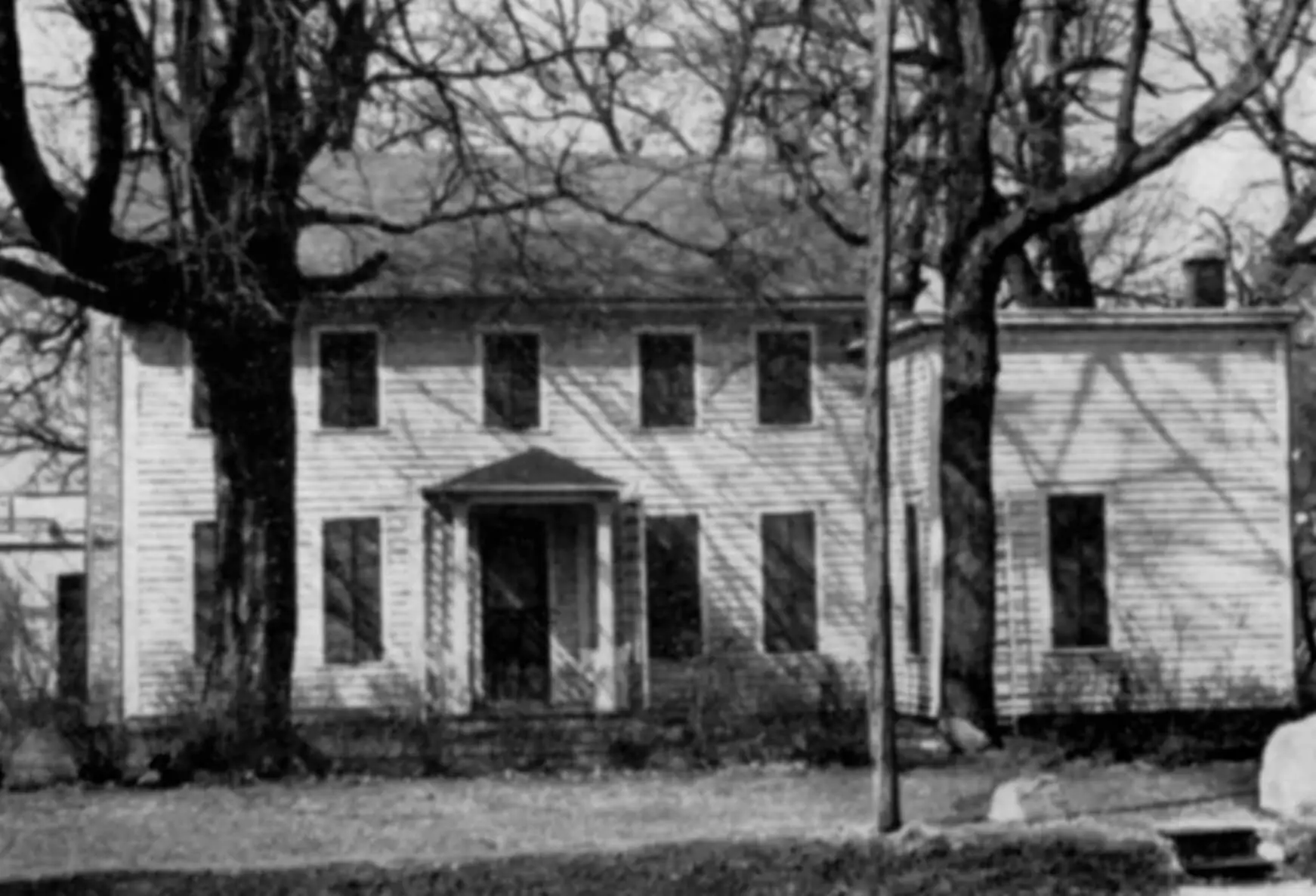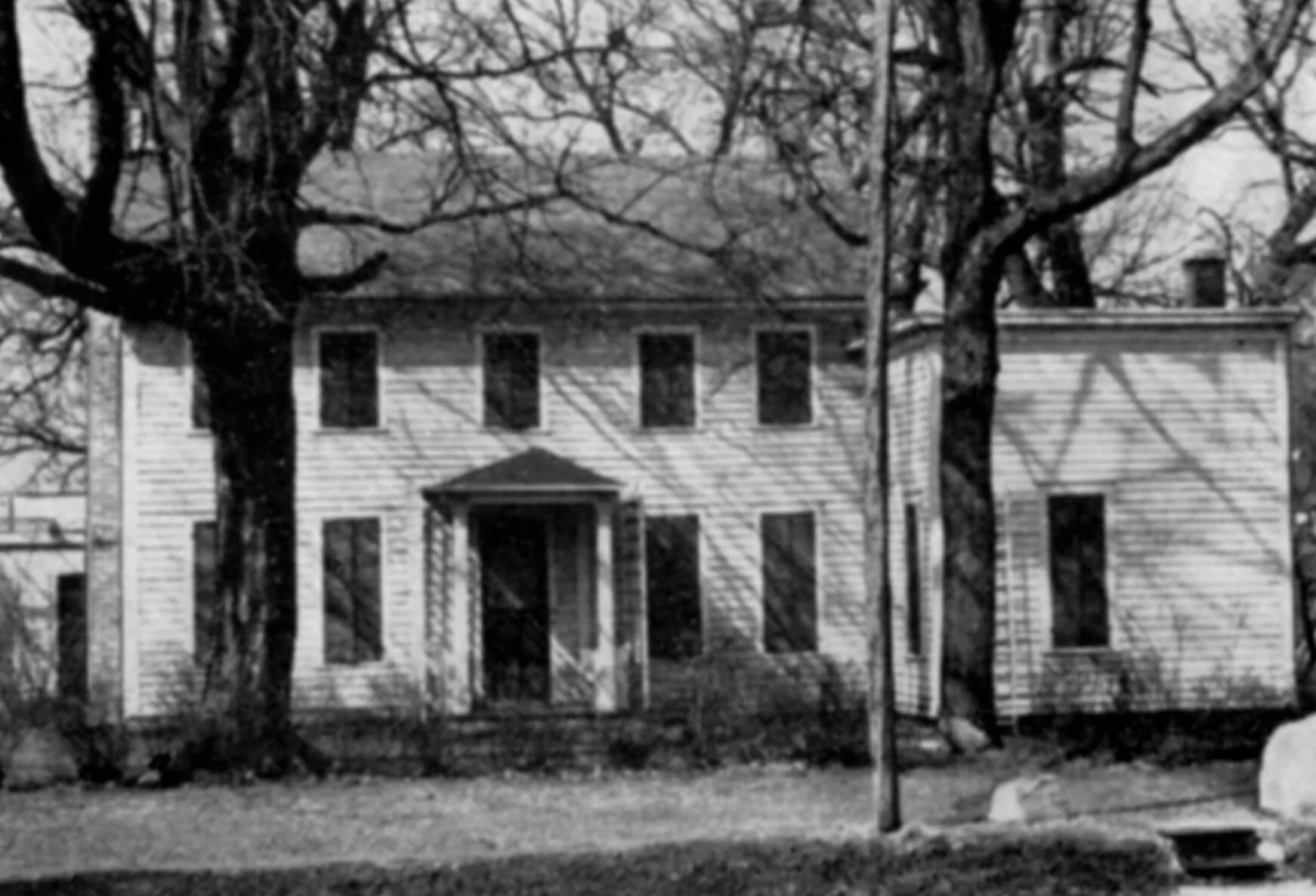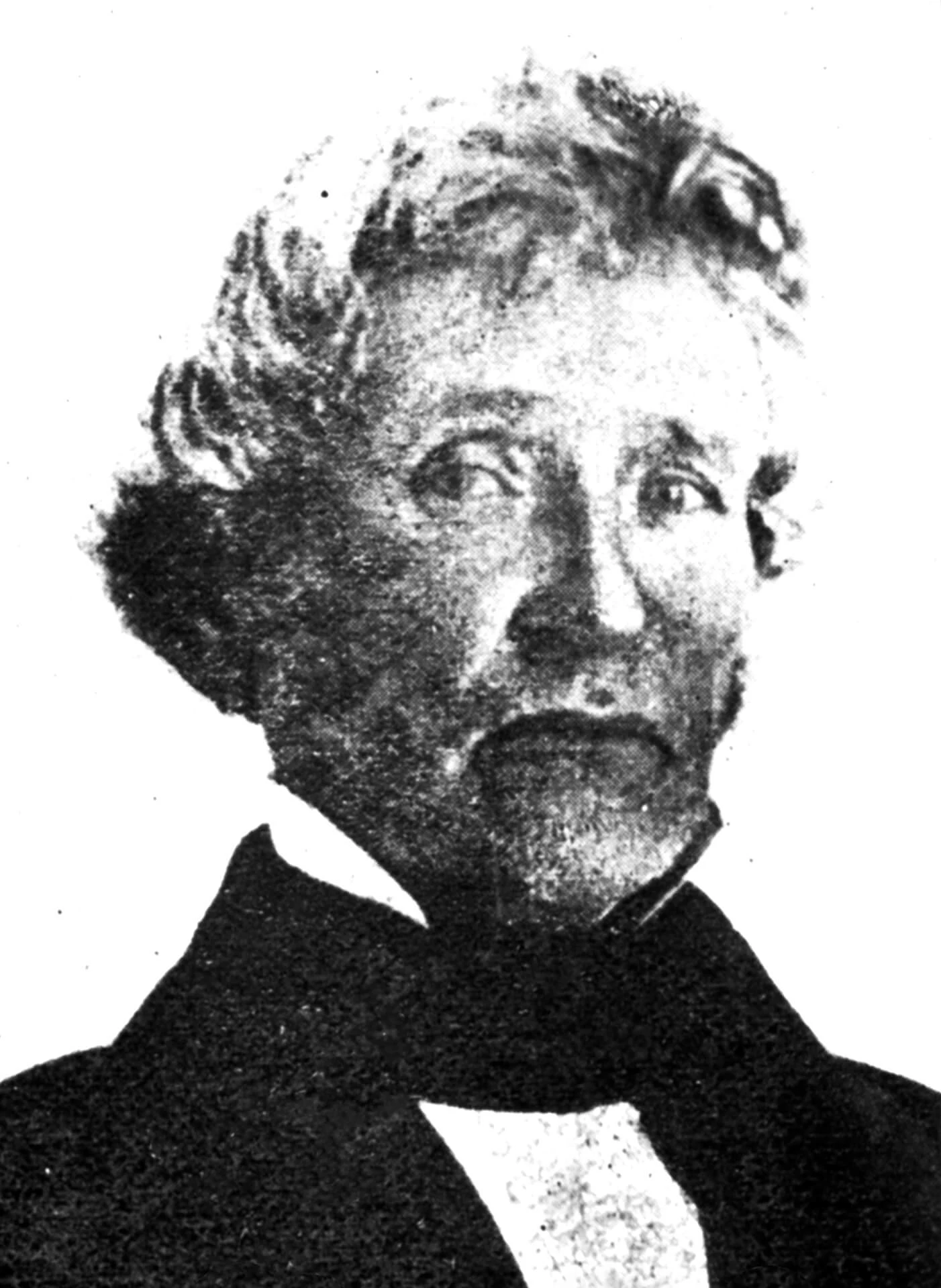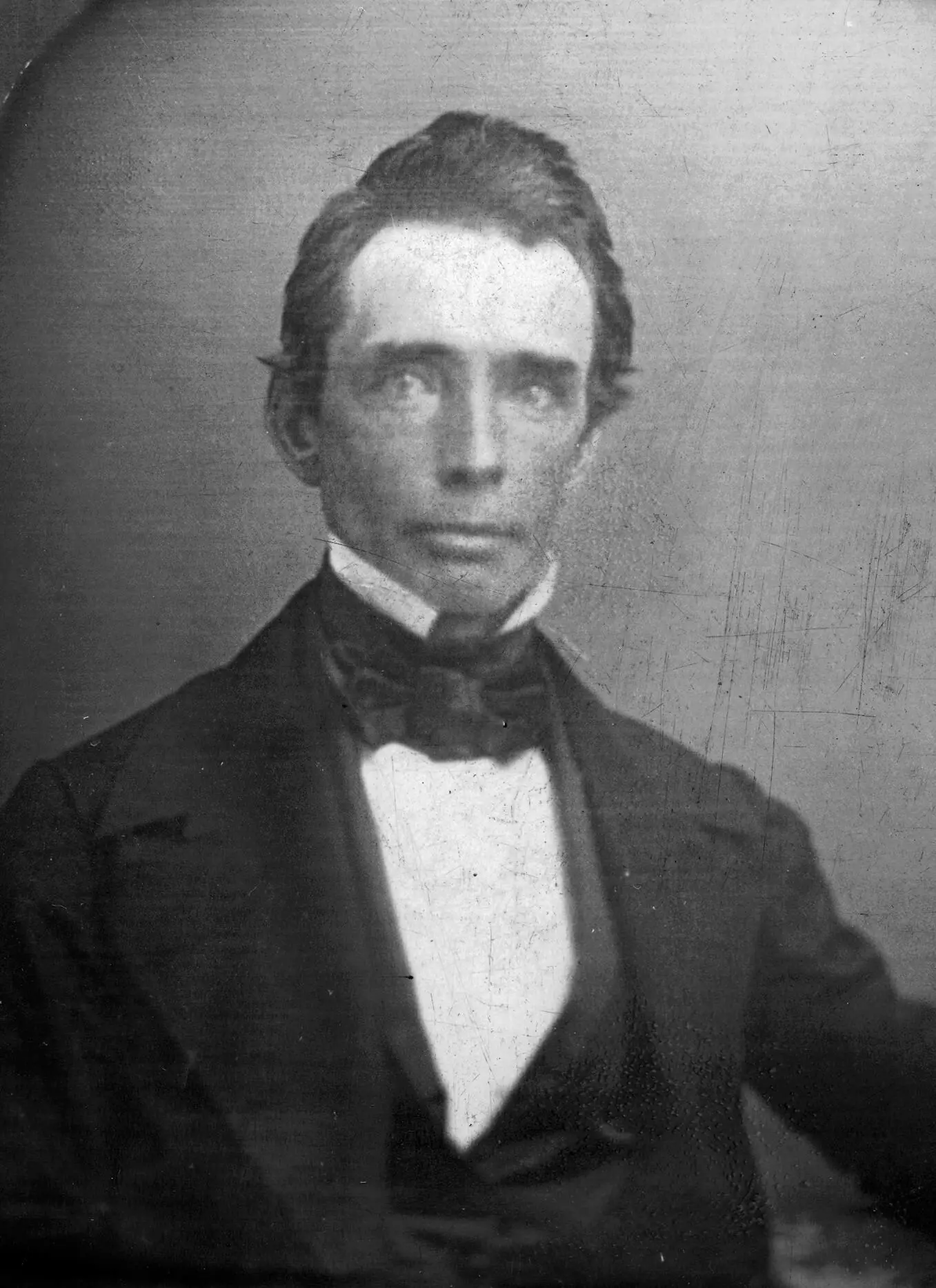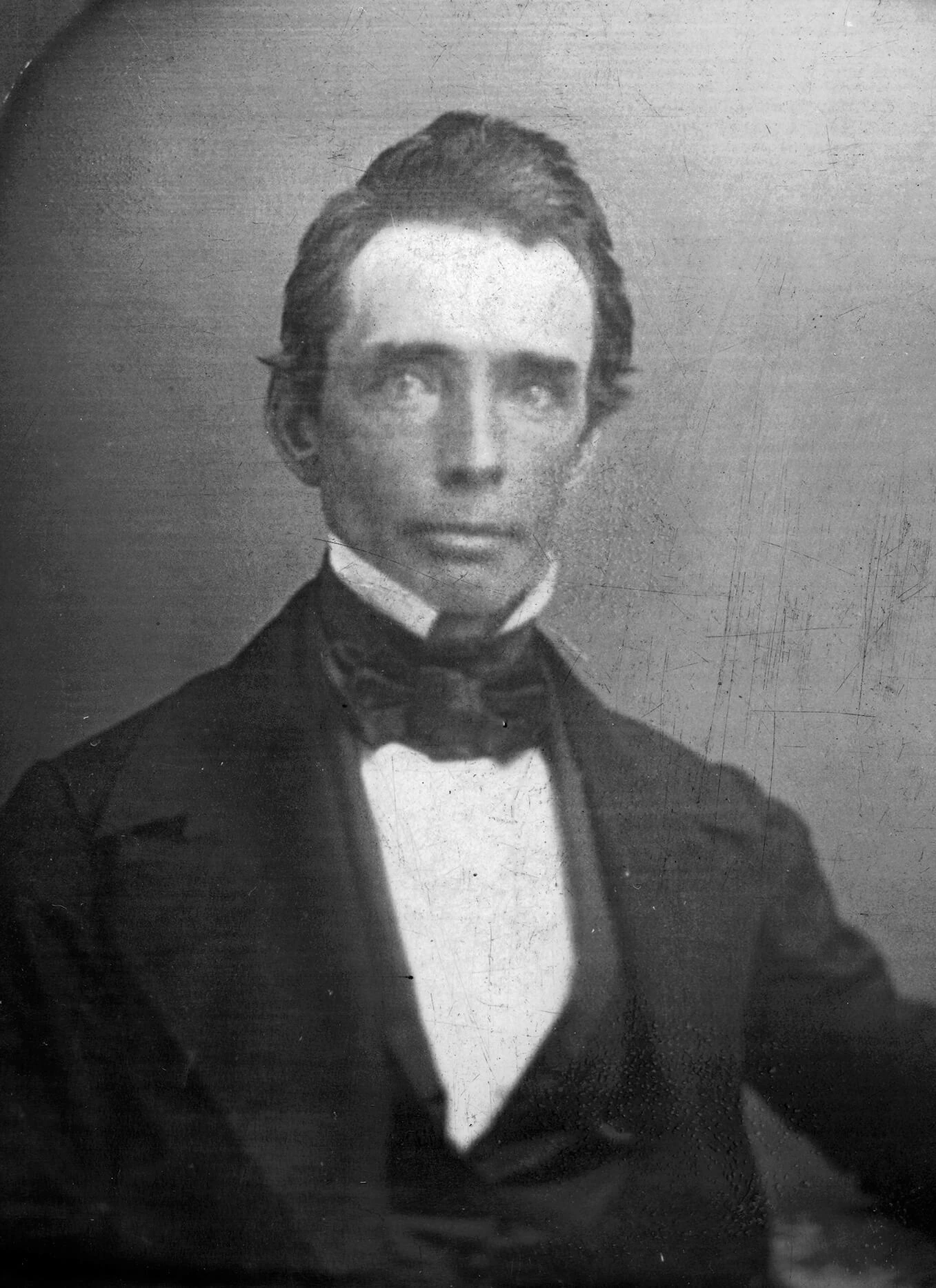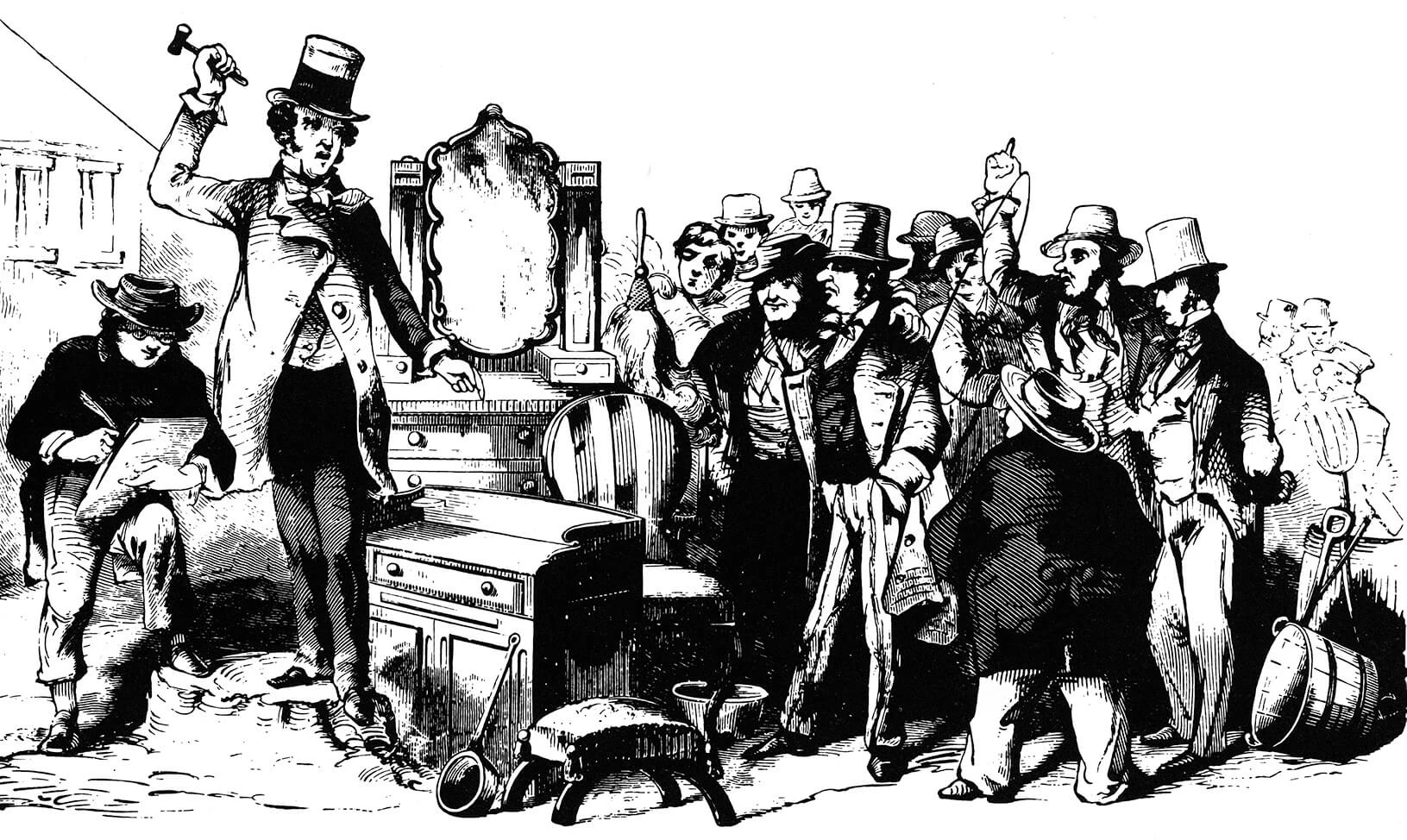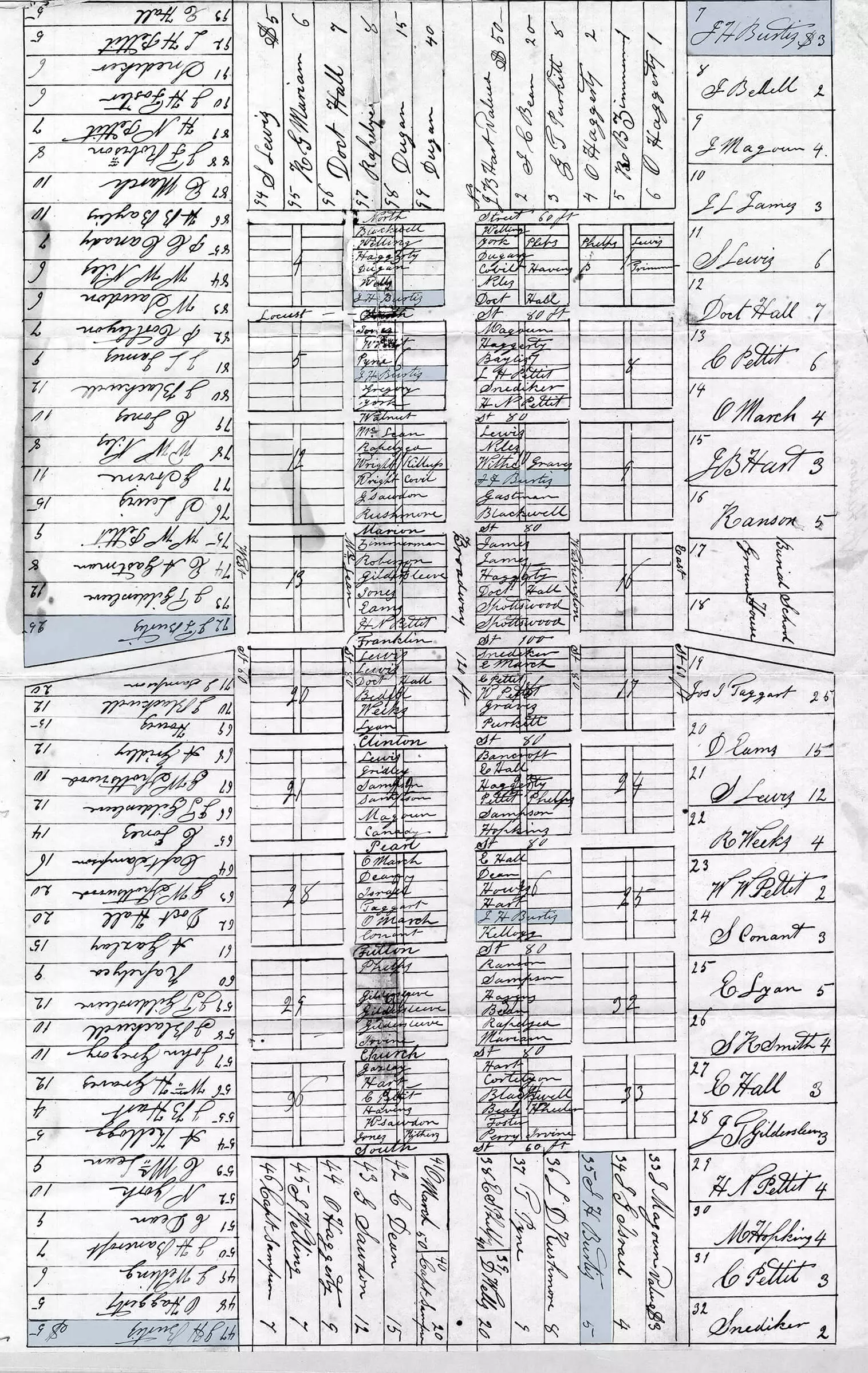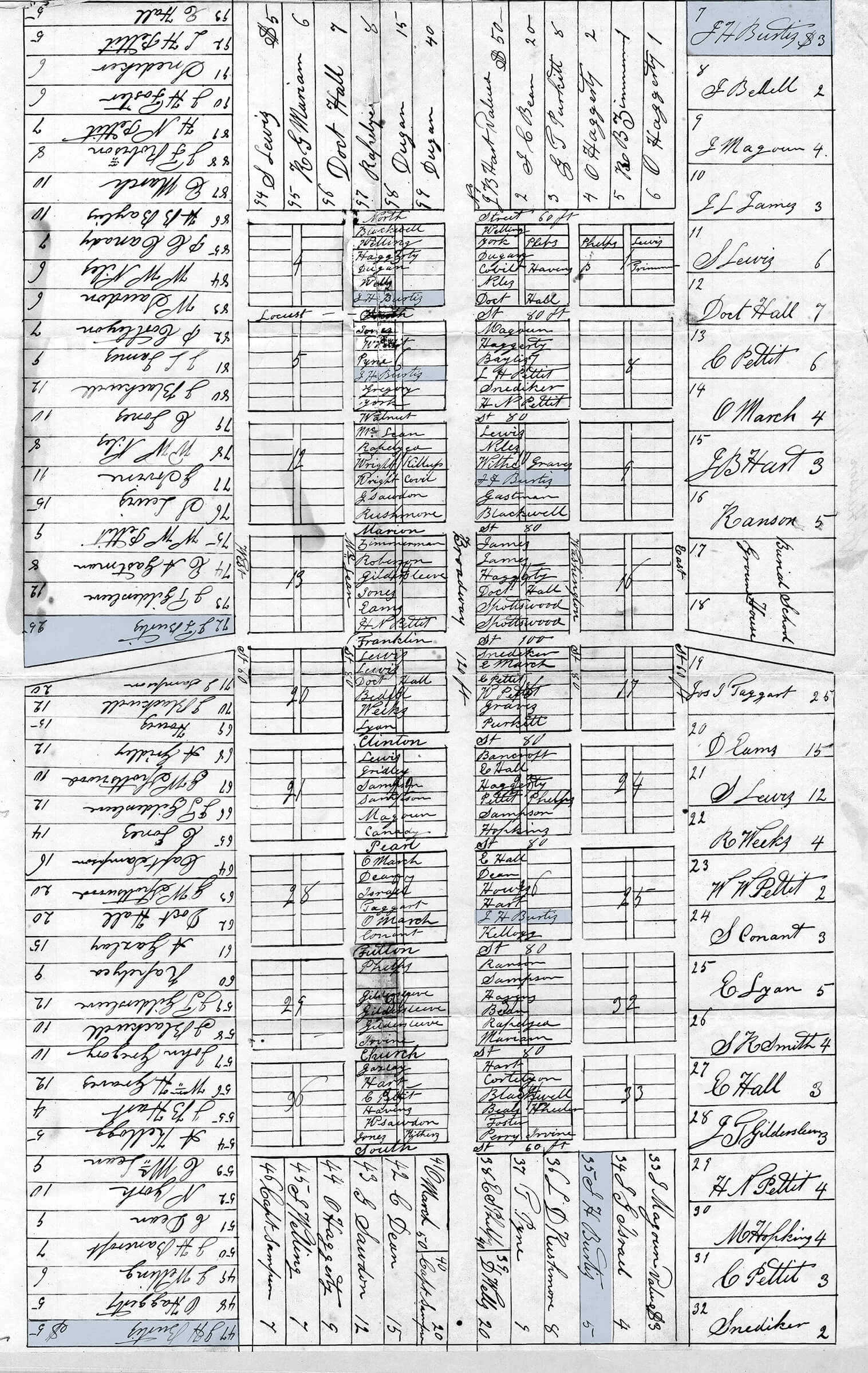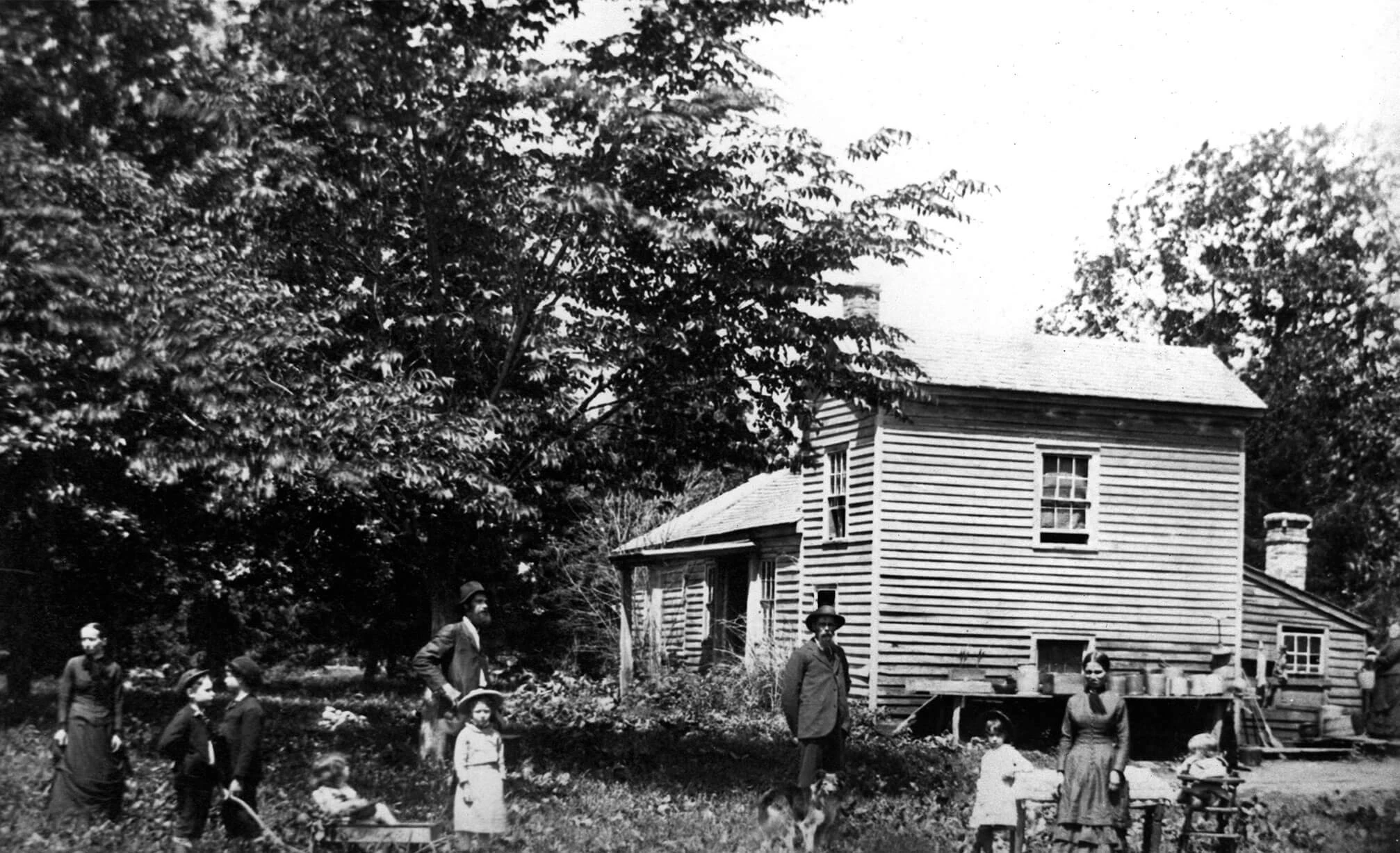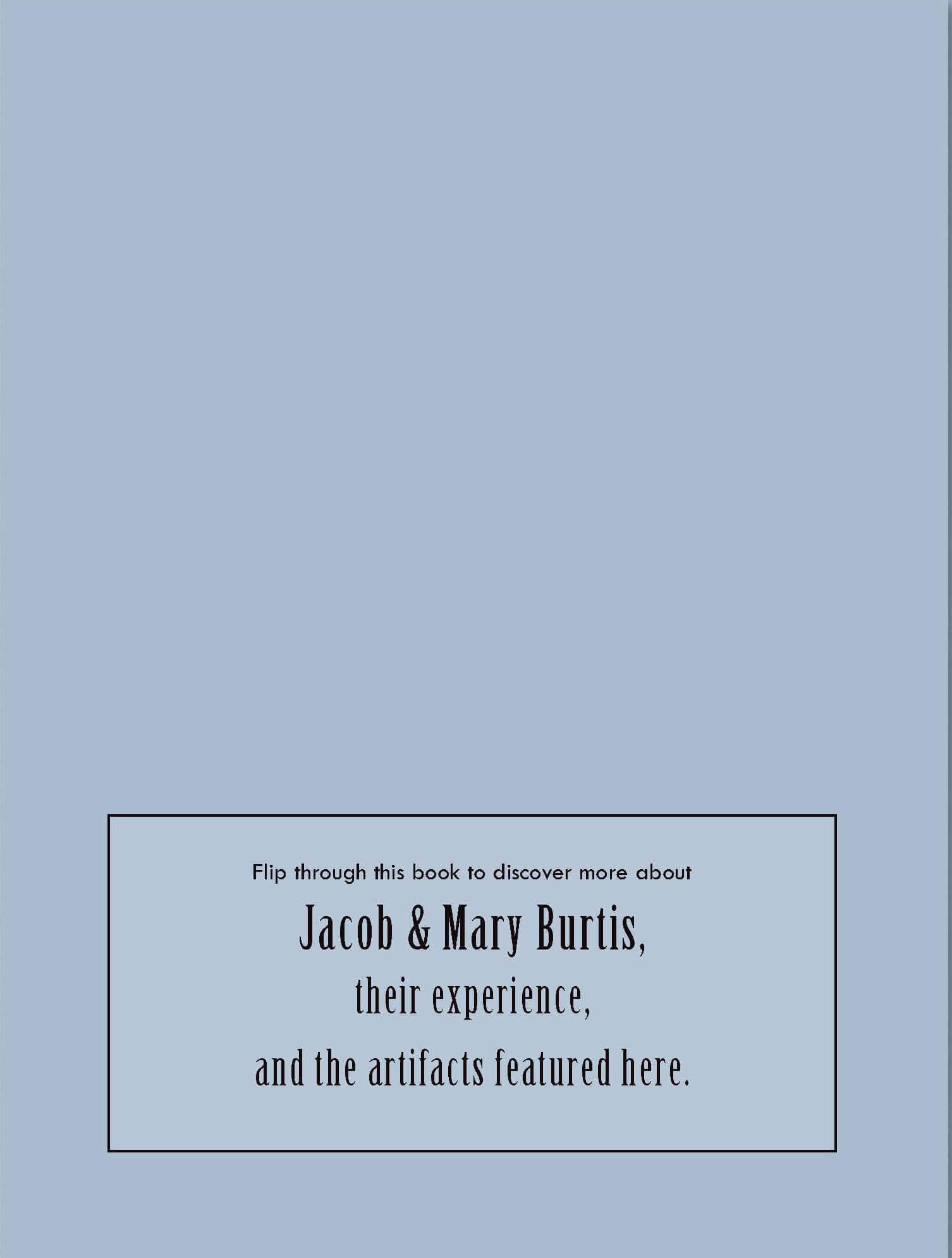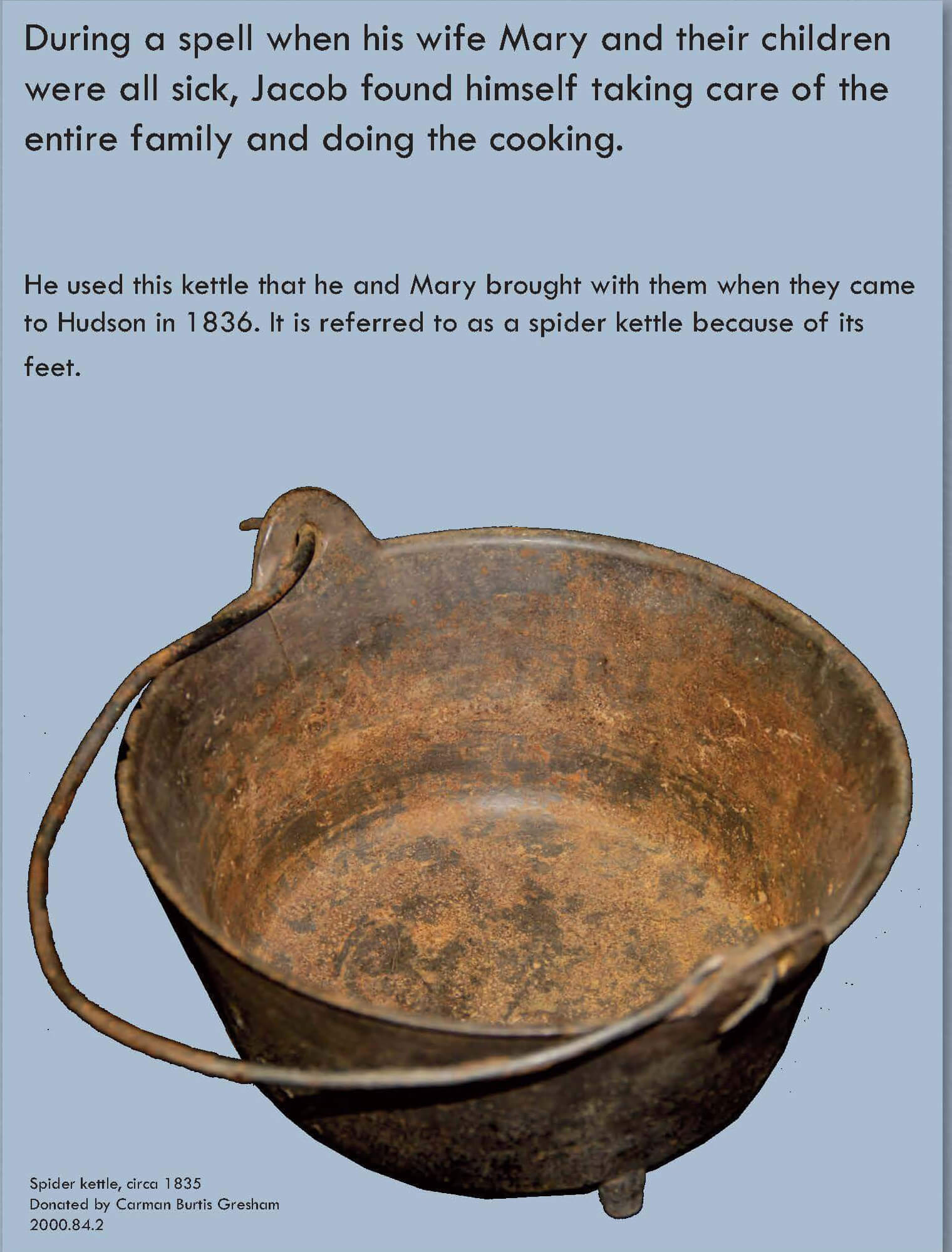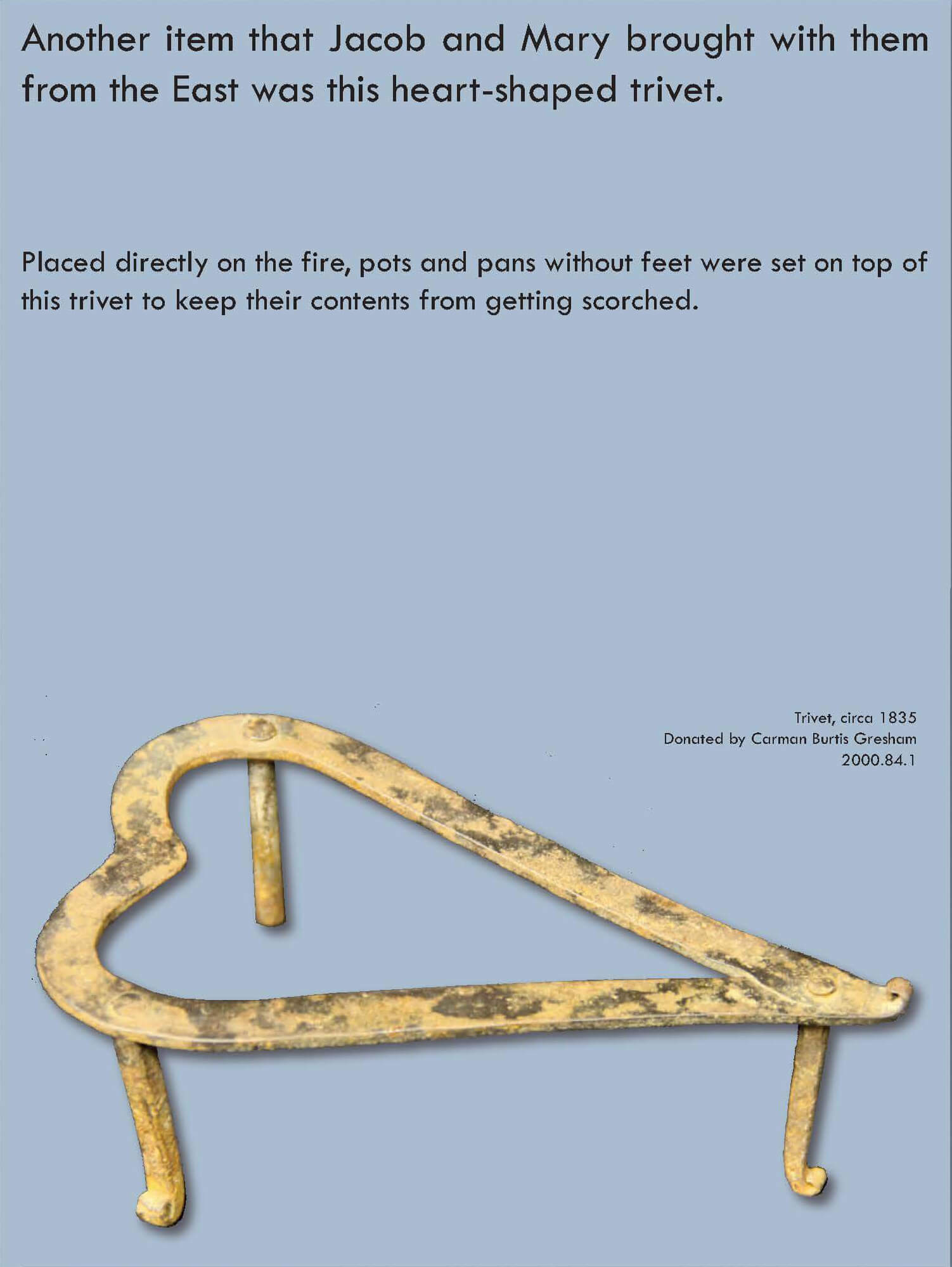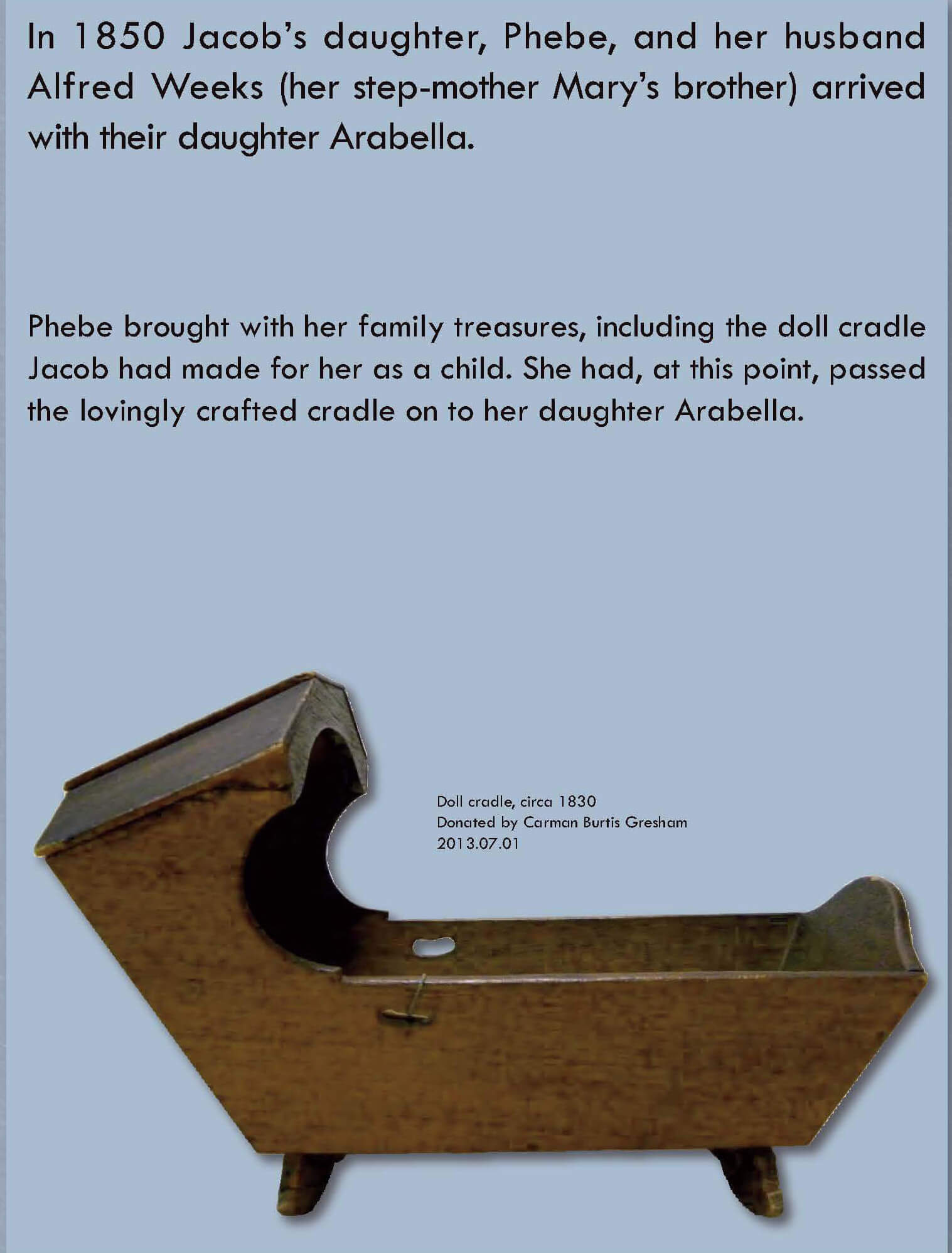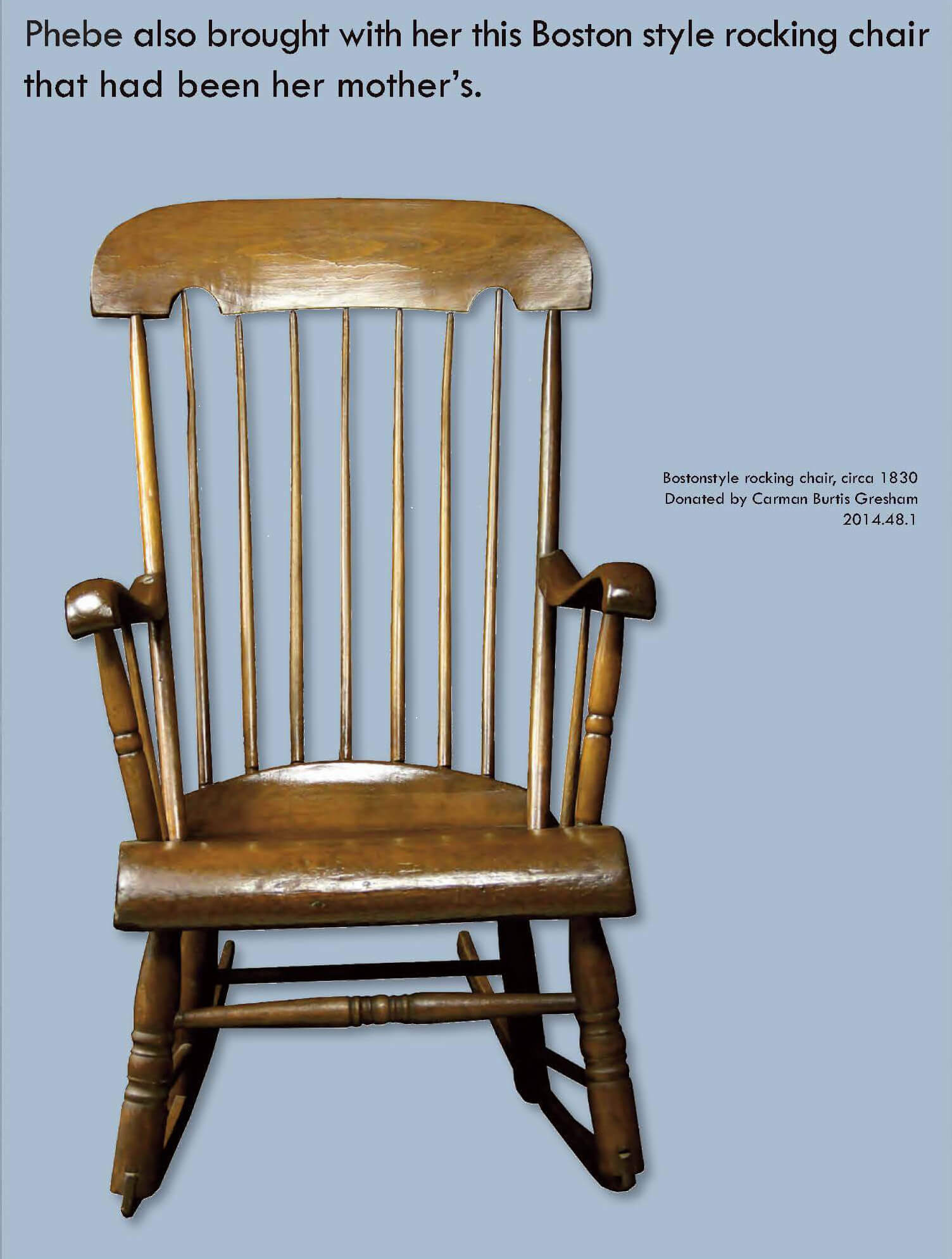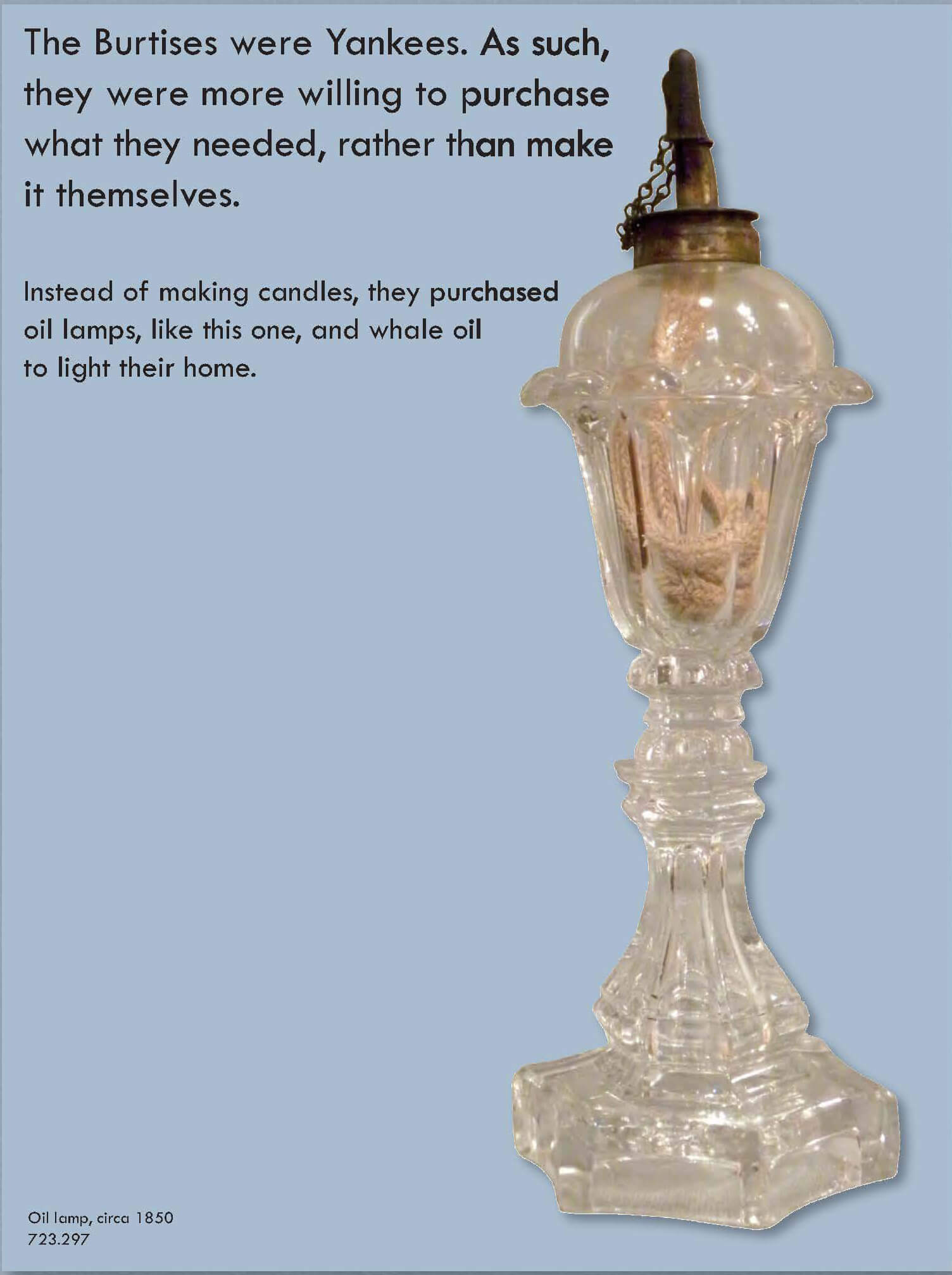The Great Rush – Burtis Family
The settlement of the frontier was often one of speculation. Buy land cheap, raise the price, and then market it to those back east. Waves of speculators willing to take the risk invested in Illinois land. Some did it from a distance, while others moved to Illinois.
The Burtis family arrived at the Hudson colony in the dead of winter with no place to stay.
Fortunately for Jacob and Mary Burtis and their three children, the Gildersleeves had just finished their home and invited them to stay for the winter.
John T. Gildersleeve and his family were the first investors to arrive in the new Hudson colony. Their generous invitation undoubtedly saved the Burtis family from the expense of renting a place in Bloomington for the winter. A debt they could not afford.
The following spring (1837) Jacob and Mary started construction on their own home.
Sickness plagued the family as well as other residents of the newly formed colony.
Malaria sickened many settlers, as undrained and swampy land was the perfect environment for the disease carrying mosquito to hatch. If malaria was avoided, a host of other illnesses posed a threat.
“I was taken about the middle of September with the bilious fever [fever, nausea, and vomiting]... I drove it off... Mary was taken soon after.... She is not well and seems to be inclined to chills and fever. Alfred and little Rachel have both got the chills. They have been sich [sic] about three weeks.”
— Jacob H. Burtis To Alfred Weeks,
October 21, 1842
In 1850 Jacob’s daughter, Phebe, and her husband Alfred Weeks (her step-mother Mary’s brother) arrived with their daughter Arabella.
Phebe brought with her family treasures, including the doll cradle Jacob had made for her as a child and that she had passed on to Arabella. She also brought a Boston-style rocking chair that had been with the family for many years.
Doll cradle, circa 1830
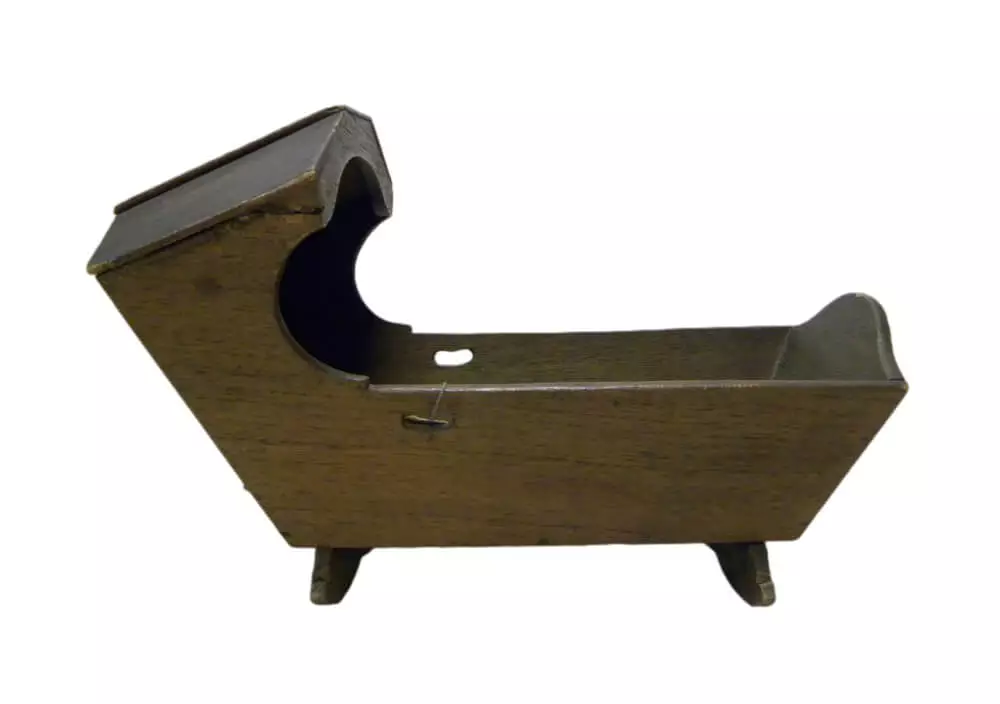
View this object in Matterport
Donated by: Carman Burtis Gresham
2013.07.01
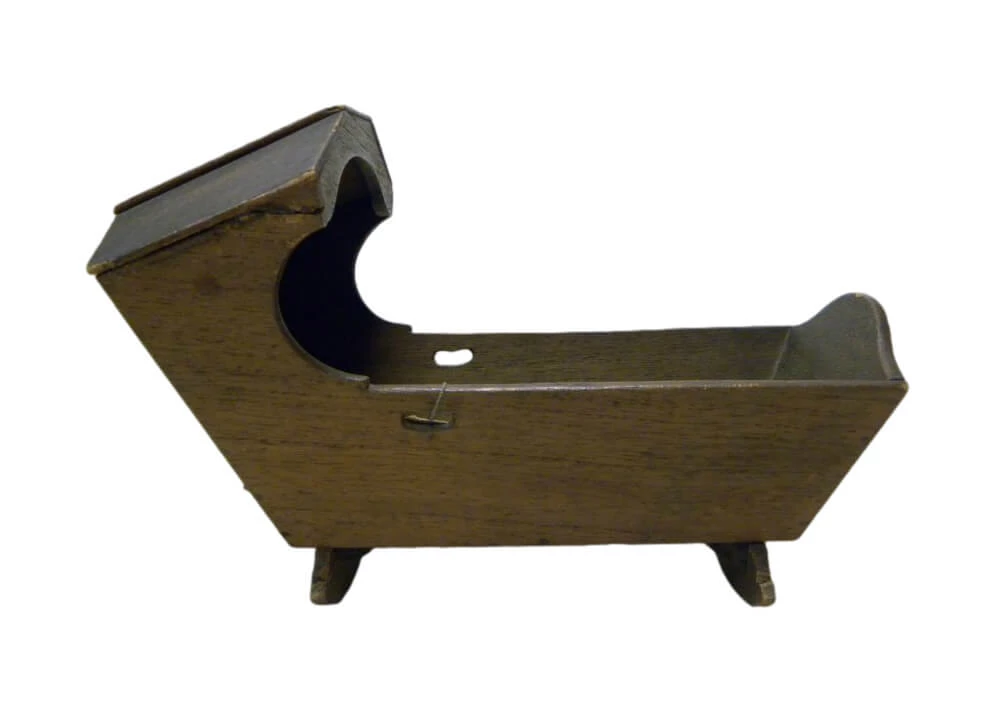
Boston-style rocking chair, circa 1835
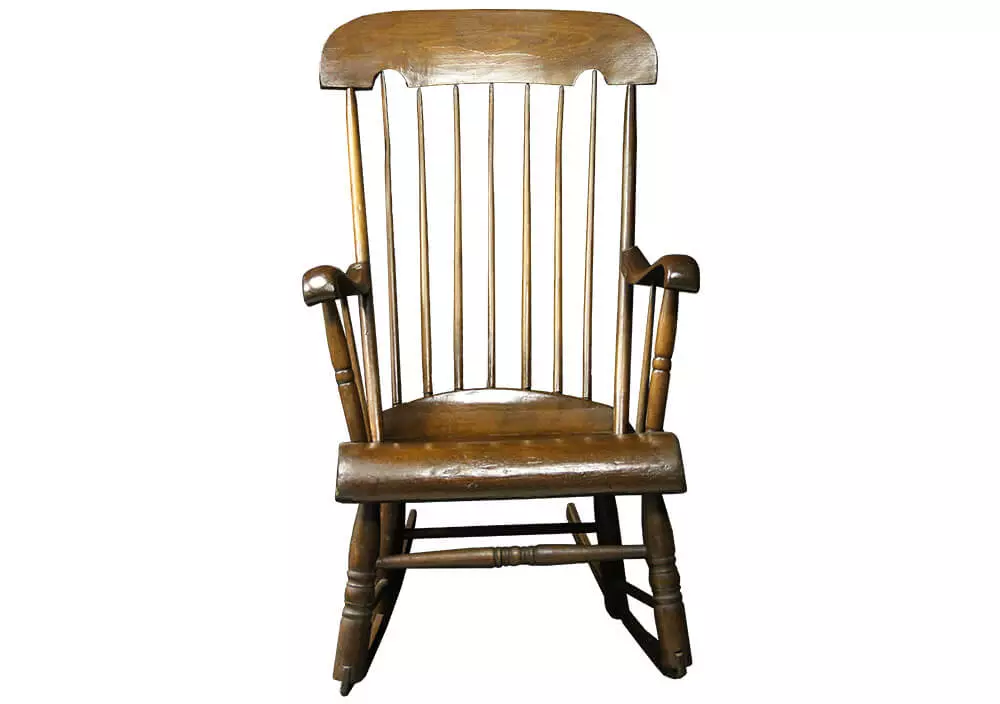
View this object in Matterport
Donated by: Carman Burtis Gresham
2014.48.1
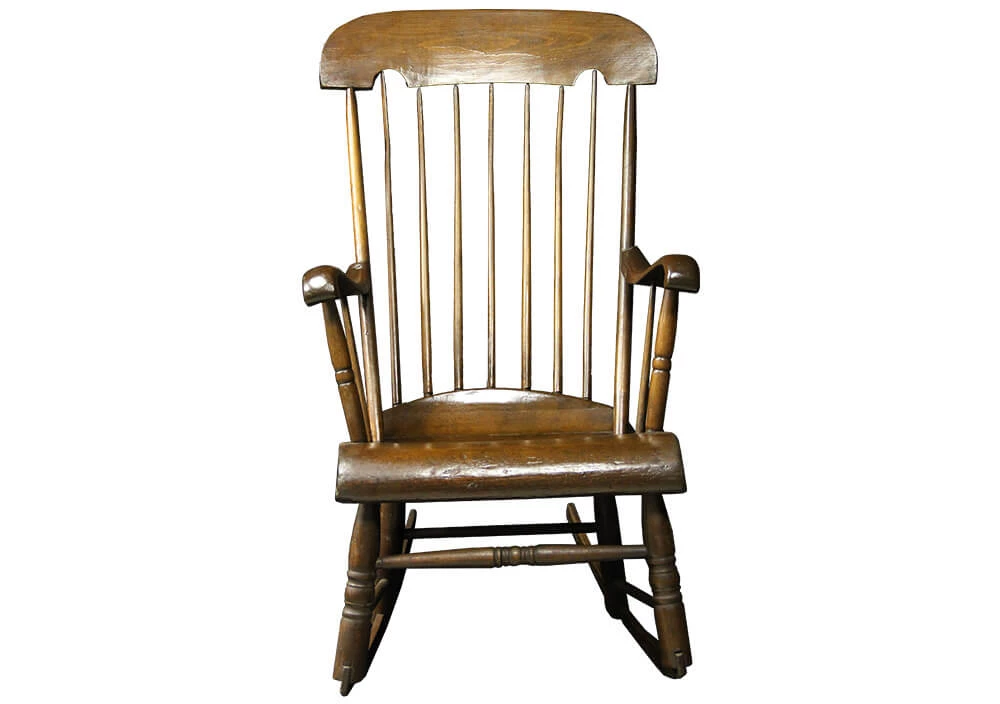
Yankee speculator Horatio N. Pettit was convinced that the Hudson colony was a wise investment.
Horatio and several others started the Illinois Land Association and purchased land from the federal government.
In the spring of 1936, the Hudson colony was laid out.
Each share included a town lot, pasture for livestock, and timber acreage – about 160 acres. Investors paid $235 per share and kept all profits from the sales of their shares. But a shareholder could divide up and sell portions of a share to his best advantage.
Horatio and his associates returned east and sold many of the lots to friends and family in New York.
Horatio was the largest single Hudson colony investor, and expected tidy profits. His investment in the Hudson colony paid off.
Ironically, Horatio never lived in the Hudson colony but instead purchased land northeast of Hudson.
In 1844 the Burtis family was forced to sell their land, household goods, and cattle.
Jacob had debts from a prior business partnership with Horatio Pettit who had refused to help resolve issues with eastern creditors.
The barter system was frequently used, but if a cash payment was required, the Burtises, like many others, had to sell something to make the payment.
Fortunately for Mary and Jacob, someone stepped in to help.
Asahel Gridley purchased the lot, then generously sold it back to Jacob and Mary for the seller’s fee of $40.
Instead of selling everything, they only had to sell a sideboard, a looking glass, and some cattle to repay Gridley.
In this instance everything was sold at auction.
Burtis Family Flip Book
By 1870 conditions had improved dramatically for the Burtis family. They were out of debt and a new home had been built.
 Making a Home
Making a Home
 A Community in Conflict
A Community in Conflict
 Working for a Living
Working for a Living
 Farming in the Great Corn Belt
Farming in the Great Corn Belt
 Abraham Lincoln in McLean County
Abraham Lincoln in McLean County
